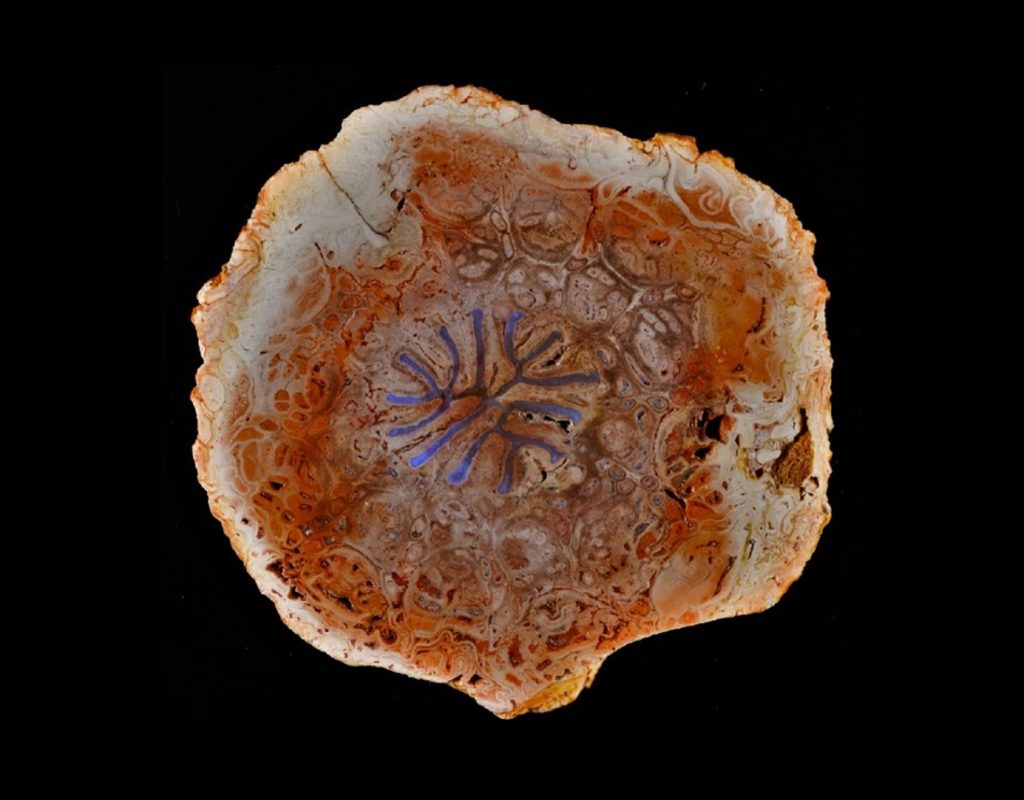
The vascular tissue that transports water to the last leaf tip of plants can assume very complex patterns, as illustrated in this cross section.
The so-called xylem transports vital minerals and fluids from the roots to the rest of the plant through several bundles of tubes in the stem. For a hundred years, botanists have wondered why the evolution of terrestrial plants has produced such different and complicated arrangements of the water system. For a long time, the prevailing opinion was that the complex patterns were just a kind of side effect of the ever larger and more branched land plants.
This assumption has now been questioned by a research team led by Martin Bouda from the Academy of Sciences of the Czech Republic. "We were amazed by the fact that only a few living plants have retained the original pattern of the stem, in which the vessels are arranged in a central cylinder," explains Bouda. To get to the bottom of the matter, the scientists compared xylem fibers from living and fossil plants over 400 million years of evolution.
The photograph shown here shows a cross-section of a fossilized trunk of a fern plant. The fossil is about 250 to 300 million years old. The tree fern's blue-colored water management system is easy to see. The complex pattern deviates significantly from the simple, original cylindrical shape. The analysis of this and other fossils shows an increasingly complex structure over time, parallel to the spread of plants on the mainland.
According to the researchers, the explanation for the observed development is very likely a special adaptation to the dry conditions. This is because drought can lead to the formation of gas bubbles in the plant's guidance system, which block the transport of water. However, the arrangement of the xylem in rings, stars, ellipses, and ribbons makes it difficult for such emboli to spread between individual strands. This allows parts of the plant to survive better.
"Now that we better understand the composition of the vasculature and how it affects the plant's ability to tolerate drought, this could be used as a target for breeding programs," adds co-author Craig Brodersen from Yale University. Thanks to the new findings, the breeding of drought-resistant plants has taken an important step forward.